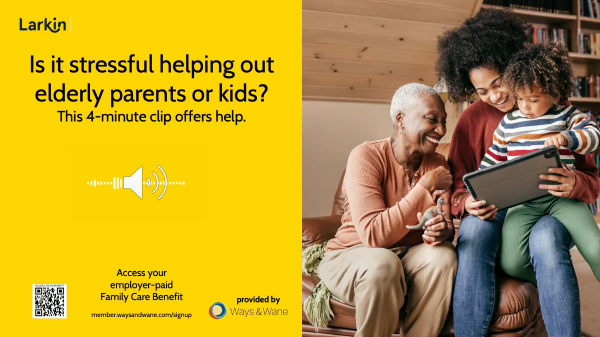
Hi, my name is Jami. I’m a care advisor at Ways & Wane, and I’m also a master’s level social worker. Care can be expensive, and long term care costs can exceed 120,000 per year. Our team has saved clients significant amounts of money. One example is a client who saved more than 27,000 a year after we helped him secure Medicaid benefits for his mother.
Many people wonder whether they will be able to pay for long term care when they need it, or when an elderly parent or in-law does. It is a common misconception that regular Medicare covers long term care costs. It does not.
The good news is that there are four key areas where we consistently find ways to help families access funding for care.
First is Medicaid or Medi-Cal, depending on your state. If Medicaid benefits have not been explored or received, we can review eligibility together. New criteria taking effect in 2025 will open the door for even more older adults to qualify. There are also different types of Medicaid, each with its own eligibility standards.
Second is veteran benefits. If your family member served in the military, there may be untapped resources available. The passing of the Pact Act expanded the number of veterans who may qualify. These benefits can include caregiver support and financial awards that help cover long term care needs.
Third is long term care insurance. If a policy exists, we can help evaluate how to use it effectively.
Fourth is life insurance. Some policies can be converted into funding for long term care. If you have a policy in place, we can look at its potential together.
We are honored to support you with planning, answering questions, and exploring long term care options. This may include researching the cost of care in your area, helping you leverage an existing life or long term care policy, connecting you with elder law or estate planning professionals, and guiding you toward VA representation and benefit application support if needed.
With your employer paid benefit, you have unlimited access to your family care support services. This service is always fully paid for by your employer and remains completely unbiased. We have no affiliation or financial incentives, so I hope this has been helpful.
I hope you find joy in loving one another well.









